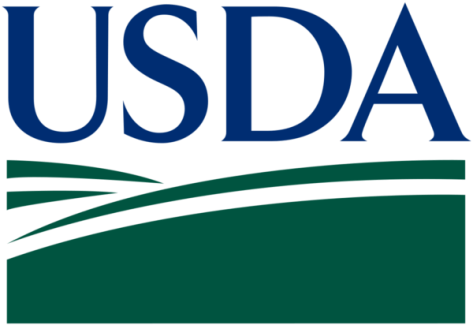Dairy prices extended their strong start to 2018 at GlobalDairyTrade, rising at their quickest pace in 14 months, amid mounting concerns over New Zealand milk output, spurred by a sharp deterioration in Fonterra collections.
The GlobalDairyTrade index rose by 4.9% at Tuesday’s event, the quickest rise at the auction since November 2016, and taking to 7.2% its gains so far in 2018.
All six major products traded at the event rose in price, with the biggest gains seen in butter, which soared 8.8%, its quickest rise in eight months.
Whole milk powder, which accounts for the bulk of volumes traded, rose by 5.1% – well above the 1.8% gain in March futures in the dairy commodity as traded on the NZX exchange, and the rise of 2-4% forecast by ASB Bank.
Volume downgrade
The gains followed a caution last week by Auckland-based Fonterra, which runs GlobalDairyTrade (GDT), of a further cut in volumes sold through the auction, with the reduction blamed on weather setbacks to milk output in New Zealand, the top milk-exporting country.
The co-operative cut by 17,000 tonnes, to 615,004 tonnes, its forecast for its volumes sold through GDT over the next year, comprising a cut of 2,000 tonnes in the butter offering, 5,000 tonnes in the skim milk powder supply, and 10,000 tonnes in whole milk powder volumes.
“The reduction in volumes is driven by the impact of dry weather on milk flows,” the group said, adding that it would “continue to keep a close eye on the impact that this is having on milk collections”.
‘Dry, hot weather’
Overnight, Fonterra – which last month cut by 45m kilogrammes of milk solids to 1.48bn kilogrammes of milk solids its forecast for its New Zealand milk collections in 2017-18, putting a 3% year-on-year decline on the cards – reported that its December receivals fell by 6%.
The decline was “due to dry weather across the country”, which “significantly impacted soil moisture and pasture quality”, and ironically followed on from an unduly wet start to 2017-18, which began in June.
The December dip was worst in North Island, where it reached 8%, with Fonterra saying that “dry, hot weather… caused the large decrease in production”.
The co-operative added that the arrival of early-January rainfall would “help in some regions.
“However, further rain in the next few weeks will be needed to see any recovery in production, particularly in Waikato, Taranaki and Central districts.”
Australia result
By contrast, Fonterra reported a 28% surge to 16.1m kilogrammes of milk solids in its collections in Australia, representing a swathe of producer sign-ups, besides better weather.
“Growth continues to be driven by new suppliers to the co-operative and strong seasonal conditions across Australia,” the co-operative said.
Source: Agrimoney




